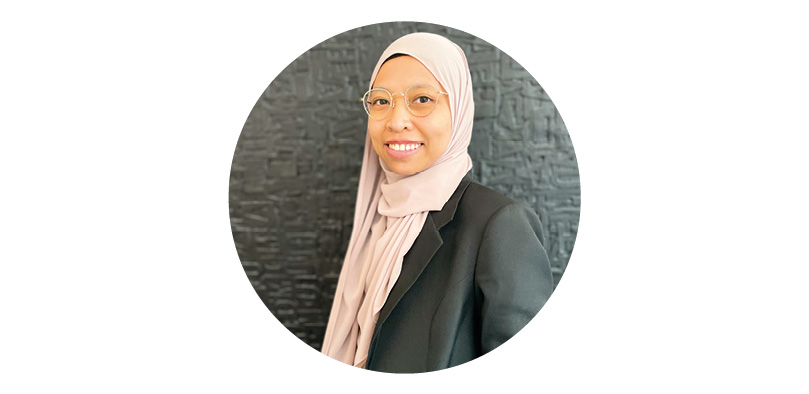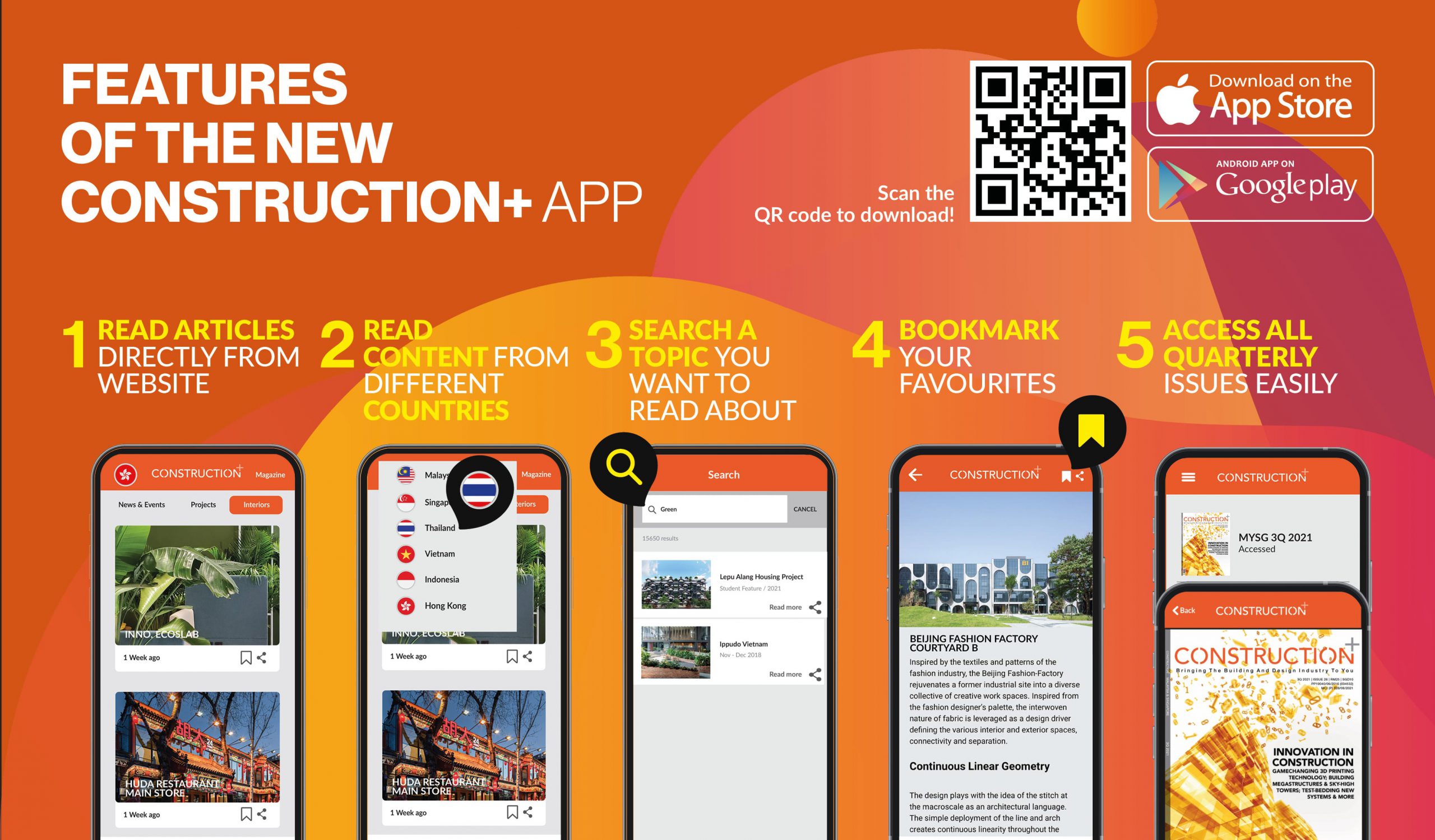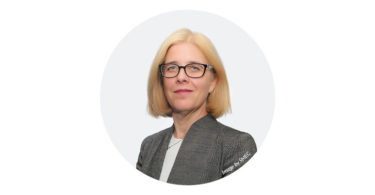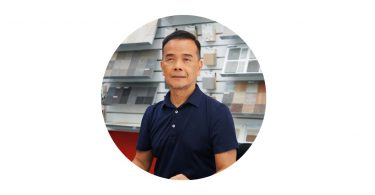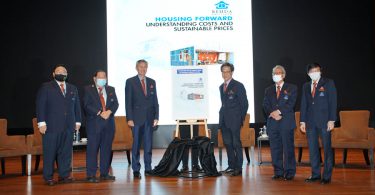Suzana is Head of Design at NRY Architects, which was established in 1992 and is known as one of the largest architectural practices in Malaysia. With 14 years of experience in the architectural field, she specialises in airport terminal designs as well as mixed-use, commercial, hotel and residential development projects. She has also been involved in conceptual design, space planning, design development and master planning design.
Suzana believes a good design approach will enhance the building with timeless aesthetics. This is exemplified in her portfolio that emphasises simplicity and functionality without disregarding the building’s physical appearance and genius locus.
How do you interpret urban design?
Urban design is the design of towns and cities, streets and spaces. It is a collaborative and multidisciplinary process of shaping the physical setting for life, which is the art of making places. It involves the design of buildings, spaces and landscapes as well as the establishment of frameworks and procedures that aim to deliver successful development by different people over time.
While many assume that urban design is about the process of designing and shaping the physical features of cities1 and regional spaces, it is also about social design and other larger-scale issues to organise physical space and community environments better by linking the fields of architecture2 and urban planning3.
Moreover, urban design usually deals with larger-scale of groups of buildings, infrastructure, public spaces4, neighbourhoods5, districts and entire cities, with the goal of making urban environments6 that are equitable7, beautiful, performative, and sustainable8.
Is it significant to plan for developments within mature neighbourhoods?
Yes, it will be significant to the existing mature neighbourhoods. Any adjustment to the existing mature urban context must be carefully studied as it is important to keep most of the socio-economic activities that have been well established in the place. It can be beneficial to the existing communities, or it could be a disaster. We don’t want to interfere with the social balance and the norm of the activities that bind all the people within the current context, but, at the same time, we would introduce or improve on the existing urban structure in the planning development. For example, we could improve the public transportation network and shorten the distances for citizens to go from one place to another. The ultimate goal is to create an adaptable urban structure as well as comfortable, attractive and liveable urban setting for the community.
This is an excerpt. The original article is published in Construction+ Q3 2022 Issue: Urban Development.
Get the print magazine or subscribe to the digital edition to read the complete article.

 Hong Kong
Hong Kong Singapore
Singapore Indonesia
Indonesia Tiếng Việt
Tiếng Việt ประเทศไทย
ประเทศไทย

